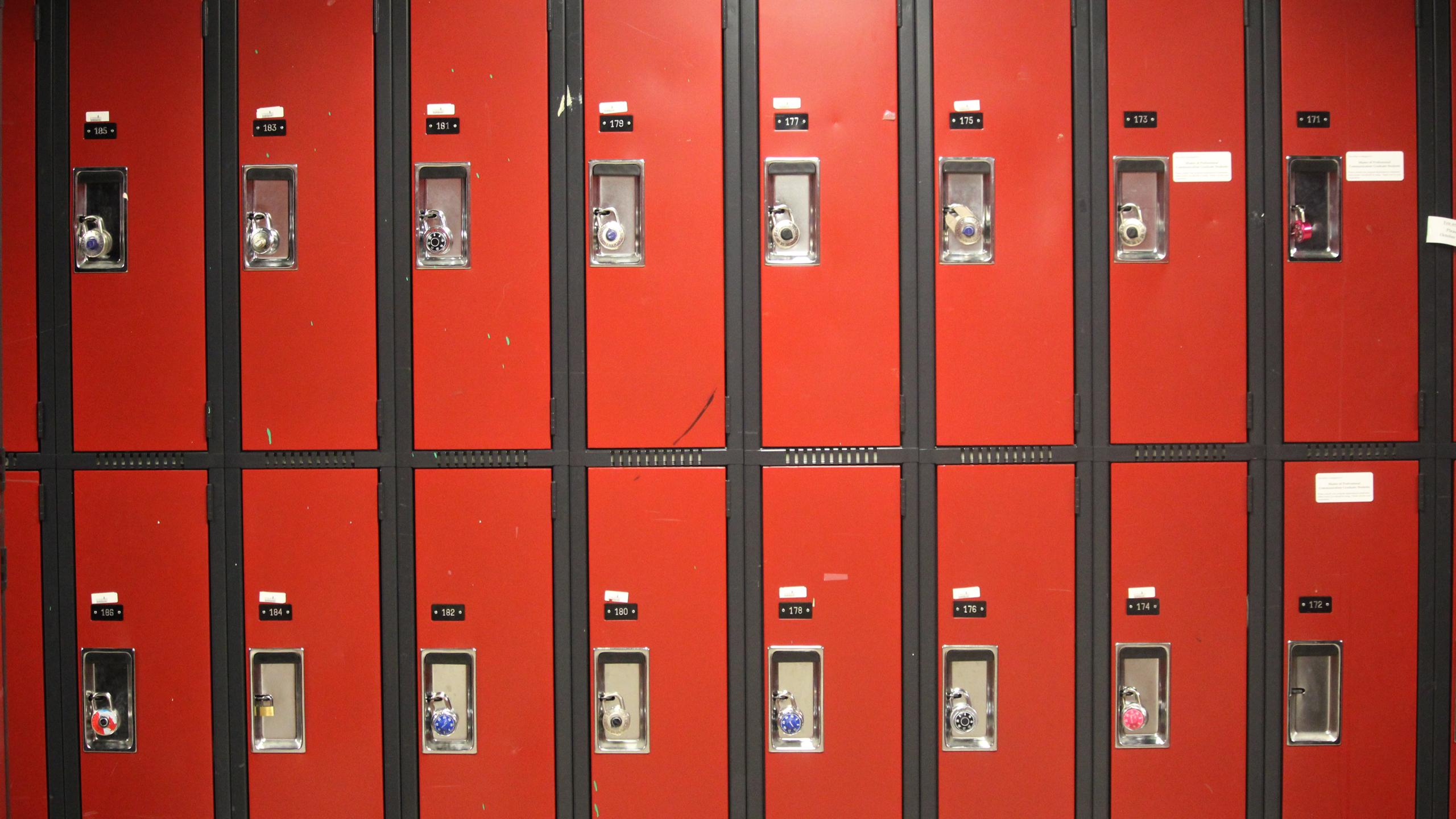By Samantha Chazonoff
The term “locker room talk” has gained a pretty negative connotation.
In 2005, U.S. President Donald Trump was recorded talking about forcibly kissing and groping women. After being called out for his behaviour when the tape came out, he excused it by deeming it “locker room talk.”
Men’s locker rooms are usually portrayed in movies with aggression, loudness, and some talking about the sport but mostly inappropriately discussing women, sex and dating.
Bill Pennington is a former athlete and now a sportswriter who has spent a lot of time in locker rooms—as both a football player and as an observer.
Pennington says he has heard “distasteful boasting and crude talk about the attributes of a recent date or a new girlfriend,” in some men’s locker rooms of teams he was reporting on.
Locker room talk has in many instances been linked and associated with sexual language.
However, some students say that this isn’t necessarily the case.
Alexandra Lee, a third-year University of Toronto student, plays hockey a few nights a week, after work and school.
She loves the sport and enjoys being on a team. She used to play boys hockey and would be in the locker room with them, but now she plays with other women instead.
“The difference in [men’s and women’s] dressing rooms would be the way in which women talk compared to men,” Lee says.
She also says the biggest misconception between women’s and men’s hockey is that women are portrayed as weak or not knowing the game as well, but adds that idea is “totally untrue.”
Women’s locker rooms are either portrayed being filled with catty girls and petty fights or just full of nonsense with no real care for or understanding of the sport.
First-year student Natalie Thompson, goalkeeper on the Rams hockey team, feels nothing but love, comfort and support when in her locker room.
“I got my first player of the game in that room,” Thompson said. “I got my first shutout in that room. I’ve made 27 more friends in that room. I’ve had so many great memories.”
Thompson also recounts many sing-offs and dance parties occurring in the locker room. She says her locker room environment is very laid back.
“I got my first player of the game award in that room”
“We are more like sisters in the sense that we get on each other’s nerves and make fun of each other, but it all comes from love.”
Rams basketball guard Leyki Sorra doesn’t have a hard time whenever she’s in her team’s locker room either. She says her team is really close and they’re all best friends.
She says they rarely argue and they consider themselves one big family.
“I know some boys can get physical or really harsh, and I just know that’s not really our team’s environment or the type of people we are,” Sorra said. “That isn’t to say there isn’t anything negative, but everything’s really constructive and we all just love each other.”
Her team’s locker room also consists of music and singing and dancing, but not all teams or locker rooms are as problem-free.
Jesse Thompson, a transgender teen from Oshawa, filed a human rights complaint against Hockey Canada in 2013 after being told he wasn’t allowed to change in the same locker room as his teammates.
The Ontario Human Rights Tribunal decided to change their policy as a direct result of Thompson’s complaint.
As much as men and women deserve to feel comfortable in their respective locker rooms, trans people deserve the same—and thanks to Thompson, kids playing within the Ontario Hockey Federation are now allowed to dress in whatever change room aligns with their gender identity.
In September 2018, UC Berkeley opened a “universal” locker room, for people of any gender-ID and body type.
These are signs of hope that things may be moving in the right direction.
Women’s locker rooms are portrayed as being filled with catty girls and petty fights
Locker rooms are also places of privacy and undressing, which and should make everyone, no matter what gender or sexuality, feel comfortable. Free enough to break out into dance, song and laughter; like what happens in the Rams women’s basketball locker room.
The women’s basketball team knew Whitney Houtson’s “I Wanna Dance with Somebody” would be their team song the second it came on in their locker room.
“Everyone started singing along and jumping up and down, and we started dancing like we usually do, and that was the moment that we kind of realized, ‘OK this is our song,’” Sorra said.
“We ask the DJ to play it during our warm-ups. It’s kind of just our thing that is really special to us.”
Hearing about what really happens in some women’s locker rooms is proof that the culture of the locker rooms can be positive. There’s still a lot of work to be done, but with the right approach, locker rooms might be able to stray away from the negative connotations it has.











Leave a Reply